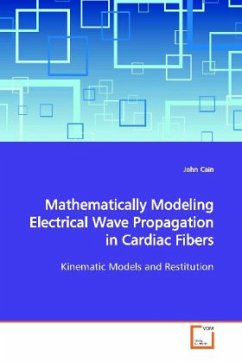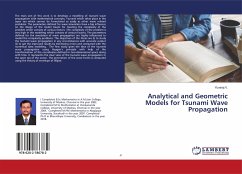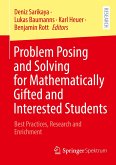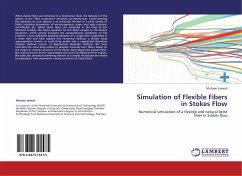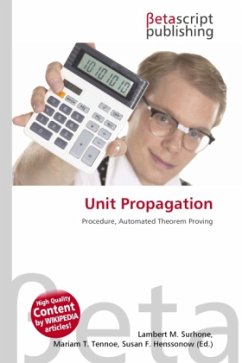This monograph provides a mathematical analysis of
electrical wave propagation in cardiac tissue.
Models of the cardiac action potential are similar to
the Nobel Prize-winning Hogdkin-Huxley model of the
nerve action potential. In Chapter 2, we carefully
construct a simple, two-variable model of the cardiac
action potential, modeling the cell membrane as an
electrical circuit. Unlike nerve cells, cardiac
tissue exhibits a feature known as electrical
restitution, which can be exploited to predict the
onset of certain arrhythmias. Chapters 3 and 4
illustrate how to derive restitution relationships
for both the duration and velocity of action
potential, using the model from Chapter 2 as a
starting point. Finally, in Chapter 5 we use these
restitution relationships to analyze how cardiac
fibers respond to a sudden change in the pacing rate.
Our mathematical analysis provides some rather
surprising predictions regarding how abnormal rhythms
may originate.
electrical wave propagation in cardiac tissue.
Models of the cardiac action potential are similar to
the Nobel Prize-winning Hogdkin-Huxley model of the
nerve action potential. In Chapter 2, we carefully
construct a simple, two-variable model of the cardiac
action potential, modeling the cell membrane as an
electrical circuit. Unlike nerve cells, cardiac
tissue exhibits a feature known as electrical
restitution, which can be exploited to predict the
onset of certain arrhythmias. Chapters 3 and 4
illustrate how to derive restitution relationships
for both the duration and velocity of action
potential, using the model from Chapter 2 as a
starting point. Finally, in Chapter 5 we use these
restitution relationships to analyze how cardiac
fibers respond to a sudden change in the pacing rate.
Our mathematical analysis provides some rather
surprising predictions regarding how abnormal rhythms
may originate.

